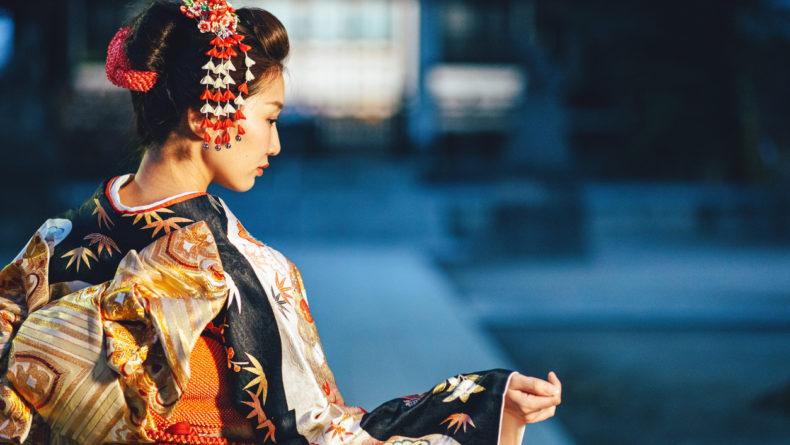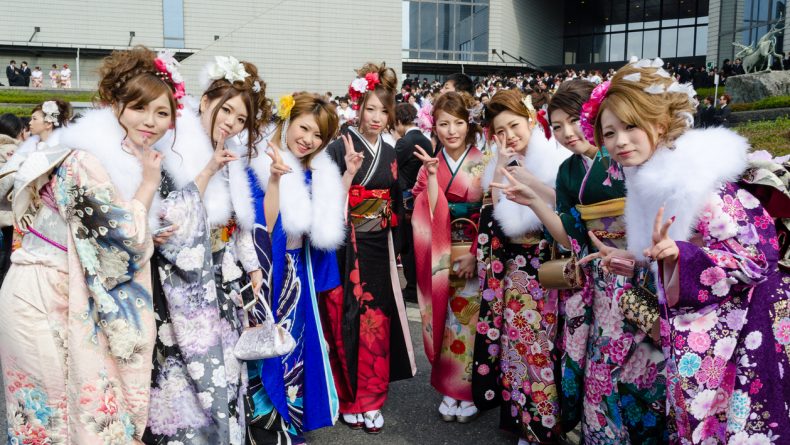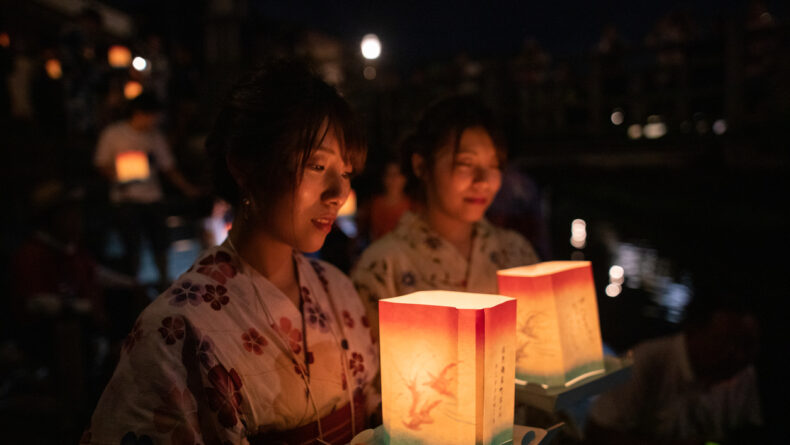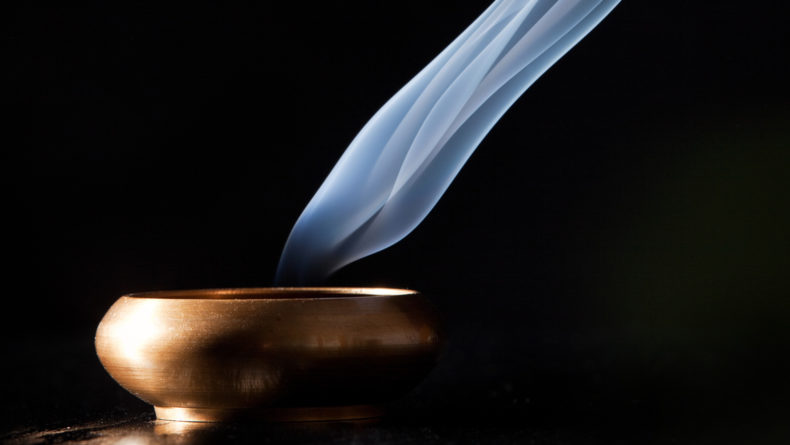Culture Day: A Quest For Japanese Traditions
Bunka No Hi
"Perceive that which cannot be seen with the eye," Musashi Miyamoto, one of Japan's most beloved and respected historical figures, once said, and if there was a day to think about these words a bit more profoundly, it would be no other but today—Culture Day.
Bunka no Hi, or Culture Day, celebrated throughout Japan on November 3, is a day officially dedicated to a quest and appreciation for Japanese culture, arts, and academic discoveries. So if you’re interested in learning about Japan’s culture and traditions, this is the national holiday you’ve been waiting for—as well as the only day most museums in Tokyo, as well as throughout the country, are open for free!
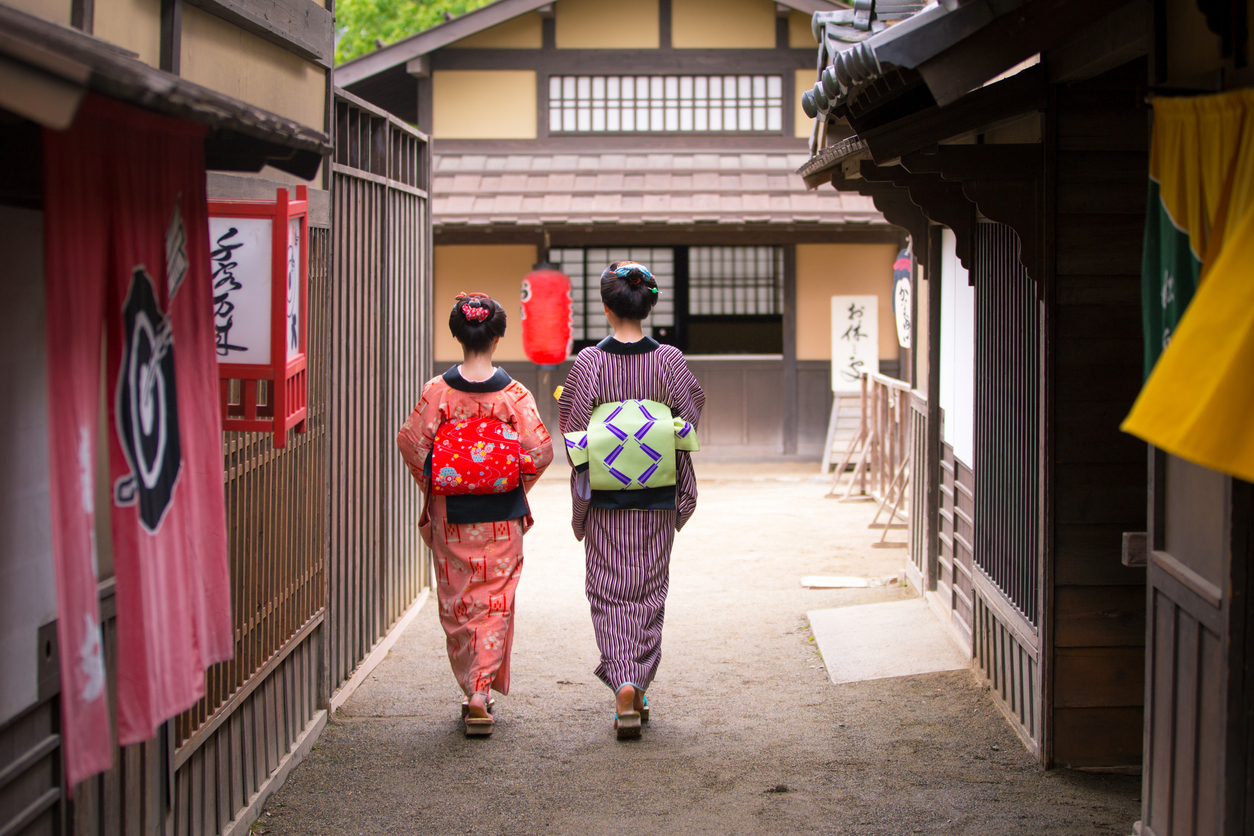
How did Culture Day begin?
According to Japan’s Act on National Holidays, Culture Day is defined as a day to “love freedom and peace, and promote culture.” But the question here really is—why November 3? Shouldn’t we be encouraged to do this every day of the year?
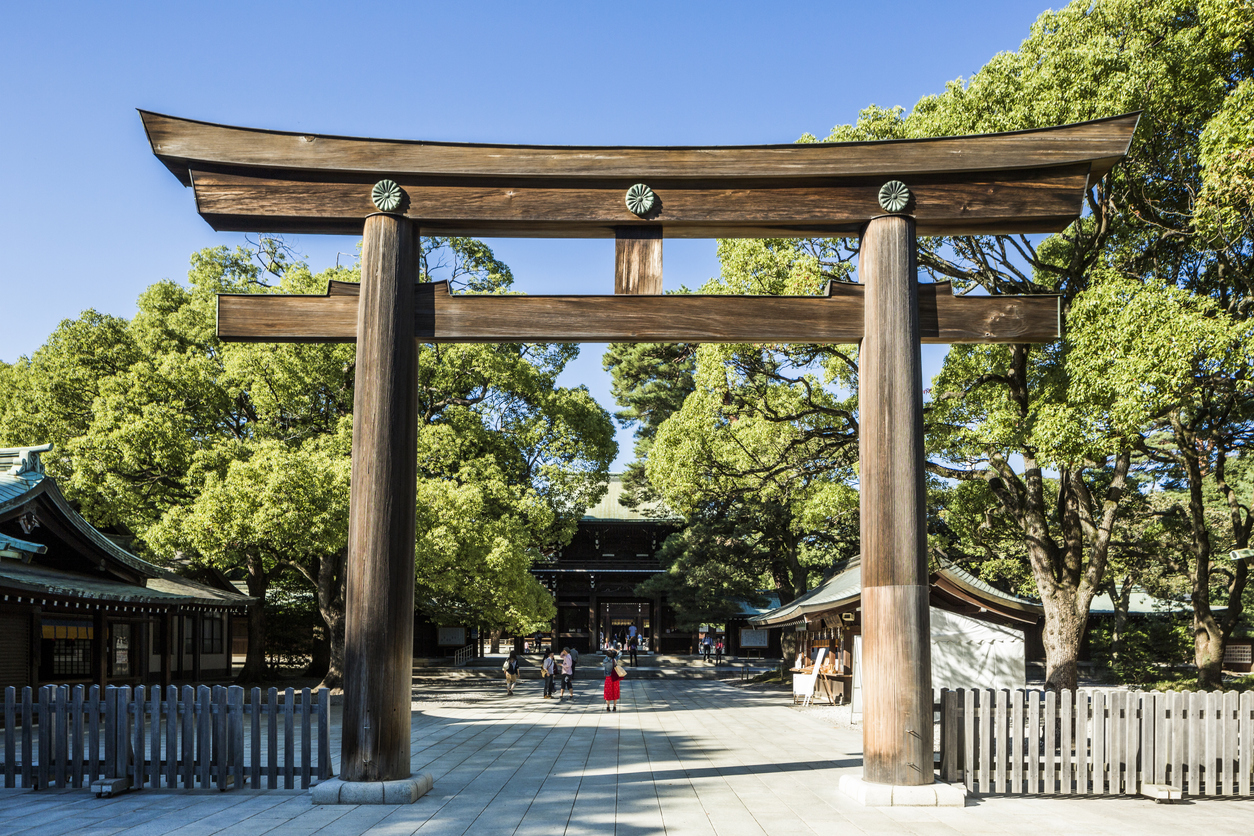
Meiji Jingu Shrine was built in dedication to Emperor Meiji and his wife, Empress Shoken.
Well, November 3 has always been special in Japan because it celebrated the birthday of the Meiji Emperor from 1868 until his death in 1912. Following a brief break until 1927, the holiday was rebranded to be called “Meiji Setsu,” a national holiday held in honor of the late Meiji Emperor.
But the importance of the three golden words “freedom”, “peace”, and “culture” was officially promoted after the promulgation of the post-War constitution in 1947, when the country announced to the public its commitment to promoting cultural prosperity that is based on freedom and peace in regret of WWII. And since General Headquarters (GHQ) were not particularly fond of having a national holiday linked to the Emperor, November 3 was rebranded as Culture Day—a day for the promotion of peace through the freedom of art and cultural expressions.
How is Bunka no Hi celebrated?
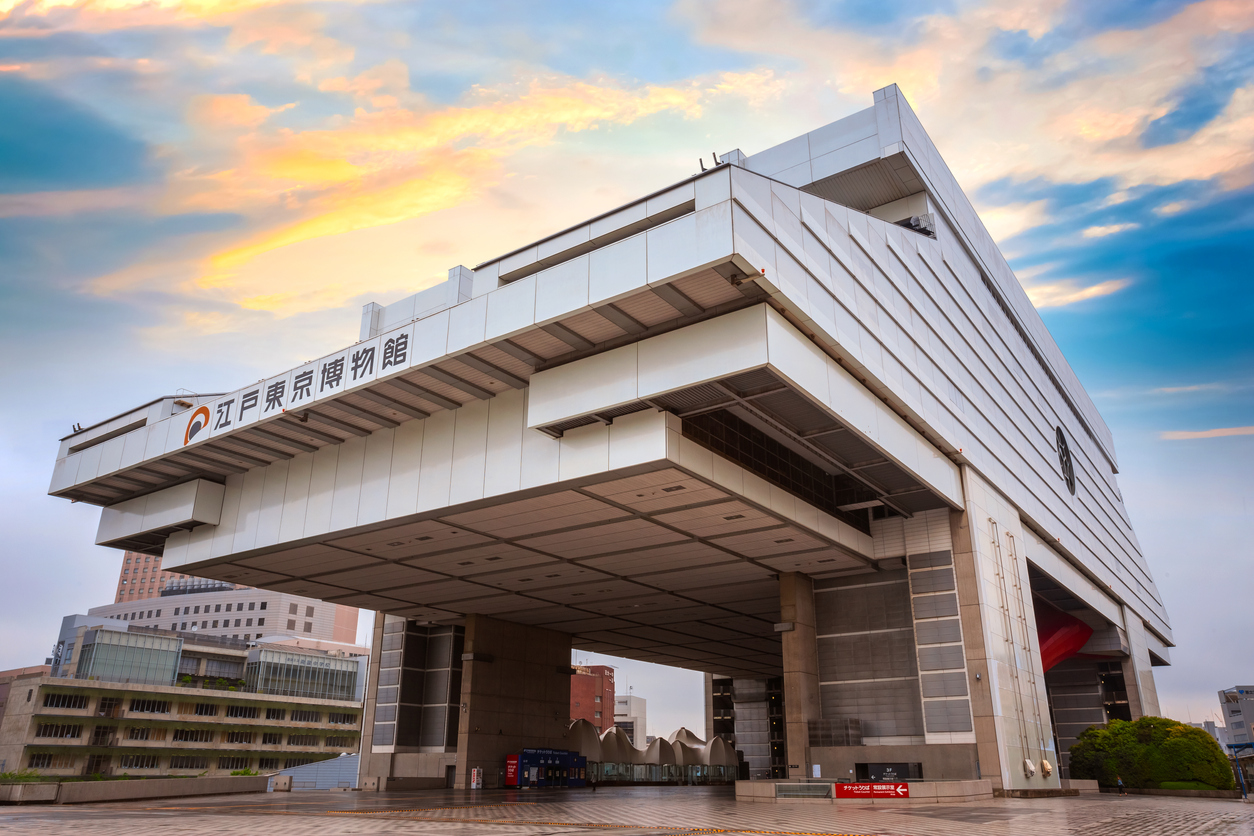
The Edo-Tokyo Museum showcases artifacts, collections, and exhibitions from the Edo era.
Today, Bunka no Hi is marked by various festivities and events ranging from art exhibitions, parades to prestigious award ceremonies for distinguished artists and scholars, many of which are arranged by local governments. Many people visit art, historical or science museums, the majority of which will have free admissions on November 3. Art and historical museums often organize special exhibitions, featuring a particular period in Japanese history.
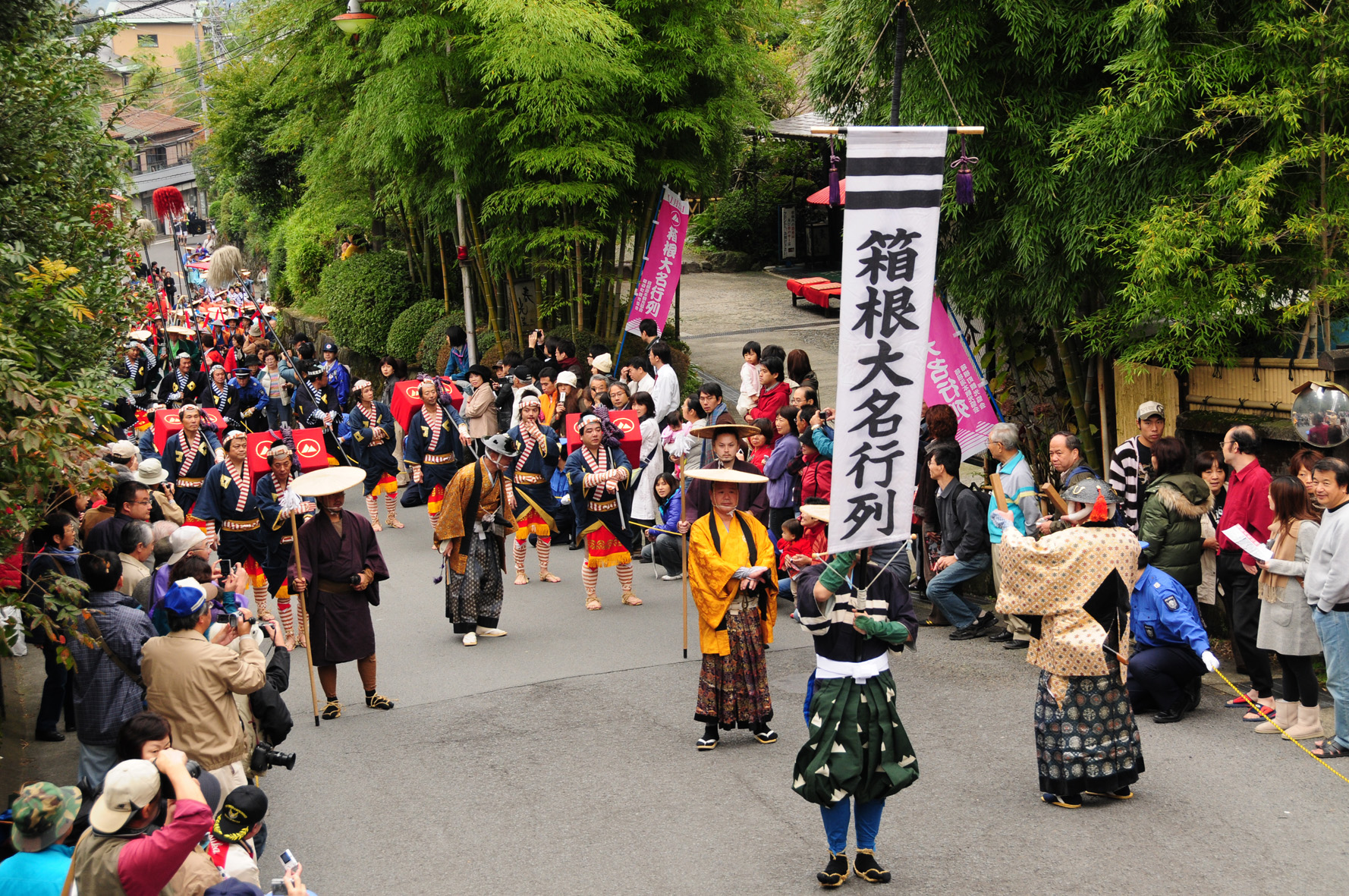
The streets of Yumoto are filled with people dressed from the Edo era during the Daimyo Gyoretsu.
If you visit Hakone in Kanagawa on Culture Day, you may hear the shout “Down! Down! The Lord Comes!” on the street. The local tourism association annually organizes what is called the Daimyo Gyoretsu, or Feudal Lords’ Procession at Yumoto, where a total of 170 people march over 6 km dressed up like Edo samurai and princesses. This procession represents an interesting system established during this era, where the Daimyo (lords) were obliged by the General Tokugawa to travel back and forth between Edo and their territories with an intention to financially weaken them in an effort to prevent an uprising.
View this post on Instagram
The highlight of Bunka no Hi, however, is the Order of Culture Award Ceremony, which celebrates public figures who have made a significant contribution to various disciplines including art, literature, sports, science, and technology. The award recipients are personally greeted and presented acknowledgment certificates by the Emperor in a very formal ceremony held at the Imperial Palace. The recipients are generally Japanese citizens, including Japanese Nobel laureates of that particular year, though foreigners have also been awarded in the past, namely the Apollo 11 astronauts and the literary scholar Donald Keene.
And here’s a bit of a trivia—Kenzaburo Oe, the prominent Japanese novelist, 1994 Nobel laureate and popular critic of the Japanese Imperial system, is the only person to date to have refused to accept an Order of Culture award. But that too celebrates freedom after all, doesn’t it?!
Have a wonderful and culture-infused Bunka no Hi!












